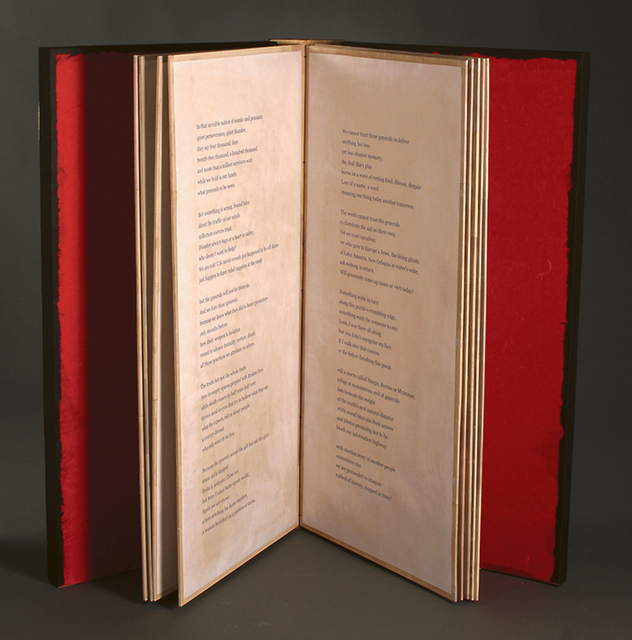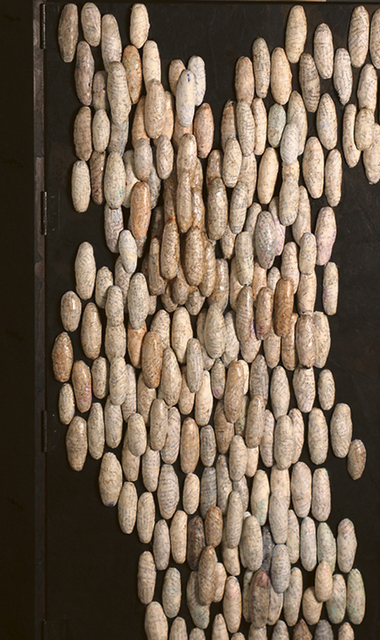Poetry News: Stir: A Festival Of Words
A Poetry Love-In, Burque Style


Groundswell by Becky Holtzman on display at 516 Arts as part of Book Lung
Latest Article|September 3, 2020|Free
::Making Grown Men Cry Since 1992


Groundswell by Becky Holtzman on display at 516 Arts as part of Book Lung


